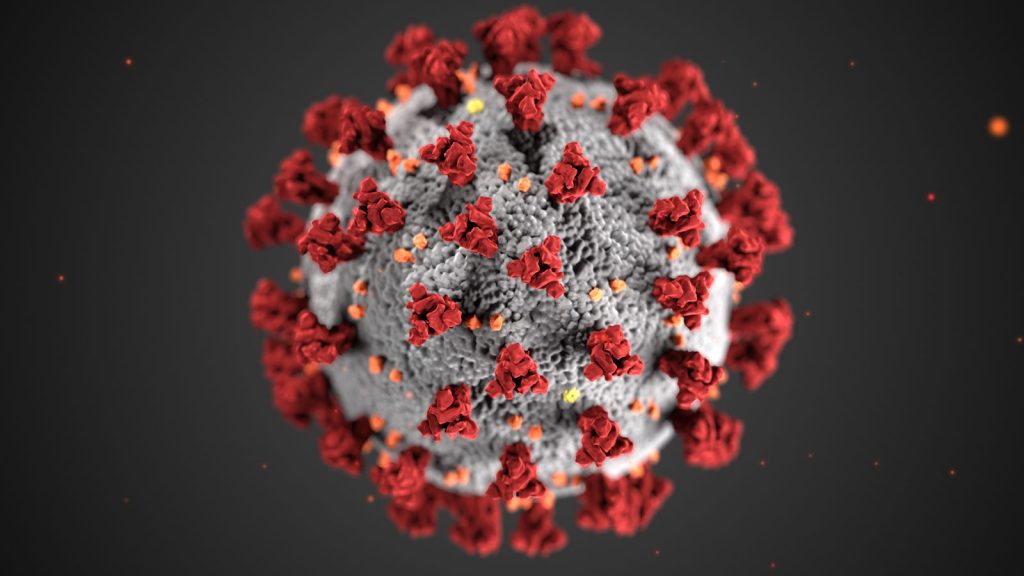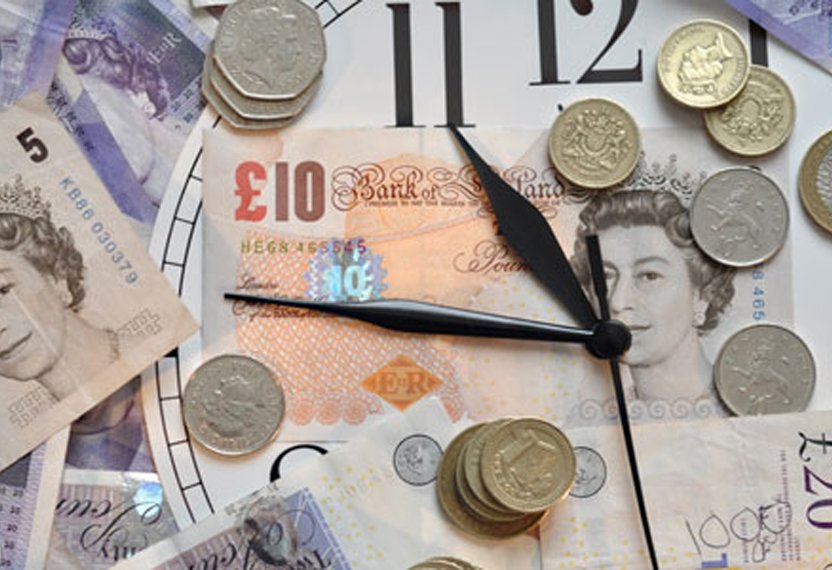The COVID-19 pandemic has sent shockwaves across every industry. All the predictions made by financial analysts and gurus were rendered as useless when country after country adopted a complete lockdown. One of the industries hurt the most was the travel sector.
In late 2019, the International Air Transport Association published a paper that addressed the future performance of the air travel industry. They had predicted a 4.1 percent growth, that amassed to a profit of $16.5 billion USD, but little did they know that the cosmic forces of nature had planned otherwise. Enter the COVID-19 crisis. The impact of a complete travel ban has been devastating for the airline industry, where predictions point to a whopping loss of $84 billion. In these grave times, the future of the air travel industry will be profoundly different than what it was before.
If you are wondering, what these changes will be, here they are.
Permanent Changes To Air Travel
The nature of the pandemic is such that it curtails any sort of physical interaction between people. Since travel vessels are mostly designed to be financially lucrative for operators, they have enclosed spaces that can clump hundreds of people. To show the authorities that the travel industry is adjusting to the current crisis, a number of initiatives will be deployed.
Standard Operating Procedures during COVID-19
First and foremost, when travel bans will be lifted across the globe, travel operators will have to make sure that significant standard operating procedures with regards to safety are in place. These will range from compulsory Coronavirus tests before traveling, wearing masks on board, and maintaining social distancing at all times during travel.
Many airlines are now requiring negative COVID-19 tests before they allow passengers to board a flight. Same day on site COVID testing in NJ and other US cities can help you meet these requirements without needing to visit a clinic or local testing center.
Disease prevention experts around the world have listed social distancing as the most potent strategy to prevent the spread of the Coronavirus. While modern airliners are designed to seat people right next to each other, in order to survive the financial crunch of the pandemic and resume operations, many airlines have developed the policy to leave the middle seat empty on aircraft. While this will take a significant toll on their profits, it is the need of the hour to ensure that they have some revenue coming in.
The Rise Of Private Travel
High-profile businessmen, celebrities, and wealth managers increasingly resorted to private travel services such as those provided by Access Jet Group to maintain working operations with business customers and clients. Since airports were completely shut down due to a risk of the spread, private travel thrived on the other hand. Private travel provided the alternative to uncertain flights during COVID-19, where high-profile businessmen were unsure whether they could fly or not. Until the ban on public air travel is lifted, and the lockdown eases, the popularity of charter flights and private travel will keep on increasing.
Can The Travel Industry Survive Till A Vaccine?
Finding and testing the efficacy of a vaccine is a long-haul process, one that can consume years. But during this time, it is very important that the global community join hands together to protect industries that are on the brink of bankruptcy. Governments should adopt a smart approach where they study the relative statistics of affected people and open travel accordingly.
This will not only initiate the steps towards normalcy, but also allow travel operators to resume operations and reinstate consumer confidence. We know for sure that the travel industry will not be the same even after the situation gets better. Cleanliness, social distancing, and touchless travel will become a widespread norm.

Founder Dinis Guarda
IntelligentHQ Your New Business Network.
IntelligentHQ is a Business network and an expert source for finance, capital markets and intelligence for thousands of global business professionals, startups, and companies.
We exist at the point of intersection between technology, social media, finance and innovation.
IntelligentHQ leverages innovation and scale of social digital technology, analytics, news, and distribution to create an unparalleled, full digital medium and social business networks spectrum.
IntelligentHQ is working hard, to become a trusted, and indispensable source of business news and analytics, within financial services and its associated supply chains and ecosystems





























